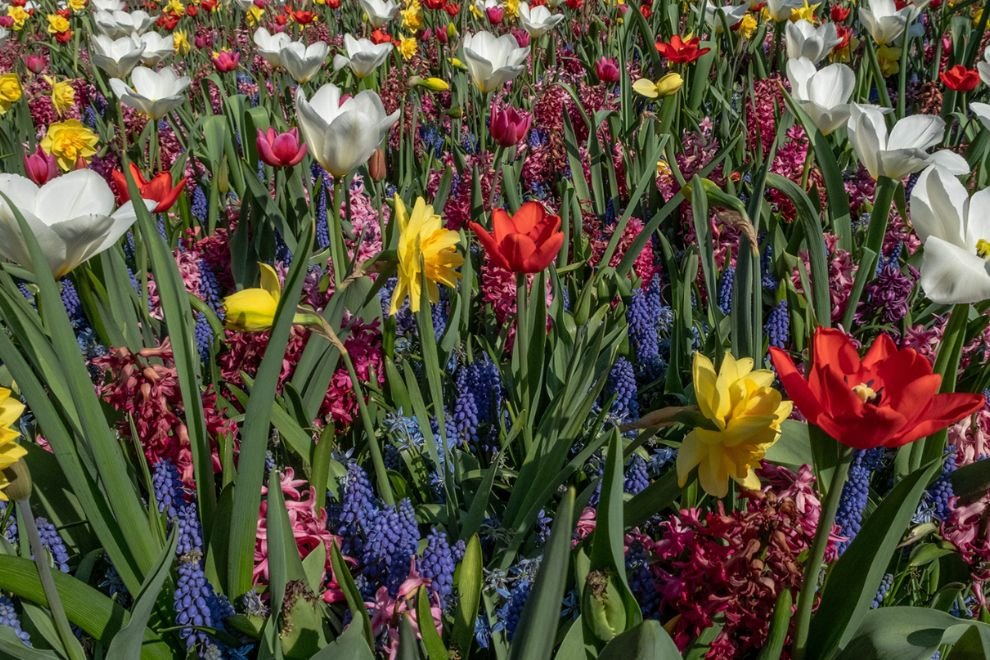Flowers have multiple uses, from welcoming someone home to celebrations big or small to commemorating, remembering, or honoring someone through garlands, individual petals, or an accessory.
What comes with this, is a huge waste of flowers once or even before they’re wilted. These flowers are dumped down the bin with no thought whatsoever. Saving them for composting is one thing, but there are only so many people who work towards building their compost and using it as well.
The Solution
An Indian firm called Phool creates leather products that are suitable for vegans by using floral waste. Although there are vegan leather substitutes on the market, they may only sometimes be environmentally beneficial if they are made of plastic or synthetic materials. The company’s ethical solution, which is made from plant-based waste material, supports sustainability and circularity.
The biomaterial startup’s “Fleather” substitute to further has the same robust properties as its animal counterpart because it contains chitin, a polymer made from discarded temple blooms. This not only means recycling plant material that would otherwise be thrown away, but it also results in a product that uses far less carbon than actual leather and is entirely biodegradable.
“Leather contains collagen which provides it strength and durability, whereas fleather has chitin, a kind of protein, that gives it the same properties. Collagen and chitin are natural analogs, making fleather a perfect substitute for leather,” explains co-founder Ankit Agarwal, in an interview with Hindustan Times.
The Experiments With ‘Flowers
When the team of scientists at Phool started researching more with piles and piles of flowers just lying around their lab, on one random day, they noticed a sort of white lining along the flowers.
Nachiket Kuntla and his team noticed a thin fibrous network as they focused closer. According to Kuntla, it appeared like some sort of fungal bacterium was attempting to grow on the blooms by obtaining nutrients from the cellulose. Researchers from Phool got curious and started testing. They obtained microorganisms from the nearby jungle and fed the excrement from flowers to several microbial strains, adjusting the temperature and humidity to see how they would develop in a lab setting.
According to Kuntla, they kept trying and co-cultured a few other species. The researchers started feeding the microbes in liquid form by boiling the flower petals in water to separate the cellulose and lignin from them and adding some more carbohydrates. This helped the microbes pull nutrients more effectively and develop better.
The final process of making “Fleather” is quite similar to making curd. Those strands they found resembled the texture of leather in appearance, elasticity, and tensile strength. And that’s how these genius minds turned wilting and wasting flowers into useful and “flower cycled” vegan leather.
It is also a particularly pertinent answer for assisting India’s textile sector in making the shift to more environmentally friendly and compassionate substitutes. Currently, the nation produces more than 3 billion square feet of hide annually, accounting for close to 13% of global production.
Particularly, vegan leathers are in style right now. Infinitum Global researchers recently published a report predicting that by 2025, the market for vegan leather will grow at a staggering rate of 49.9% annually, reaching a staggering US$89.6 billion.








